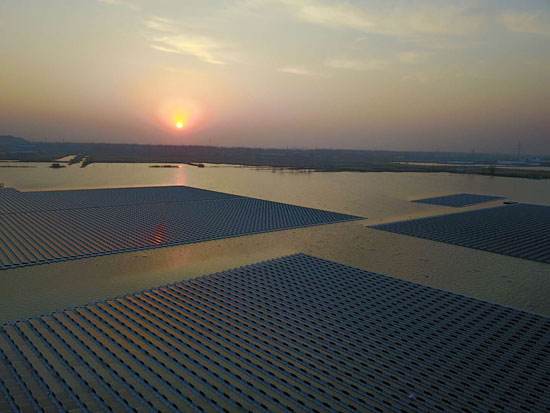Photovoltaic modules and inverters belong to mature technologies. But the cost of floating systems is often more expensive than that of ground-based ones. The floating system includes floating components, mooring and anchoring systems. In terms of floating components alone, the solution may vary from vendor to vendor. In addition, the unique mooring and anchoring solution must be designed for each location based on changes in water levels, extreme weather and other factors. In China, for a 5-10MW floating photovoltaic power station, the system cost of floating components accounts for about a third, while the cost of installation structure in the ground power station accounts for 8%.

Despite of these cost challenges, the unique power generation and resource utilization advantages of surface photovoltaic cannot be achieved by ground-based power stations. As the cost of the system falls, floating photovoltaic power stations will be considered in many countries.
Moreover, with more and more putting into operation, more experience in design, construction, operation and management will be accumulated. The evaluation of system performance will become easier and the cost in this aspect will be further reduced.
